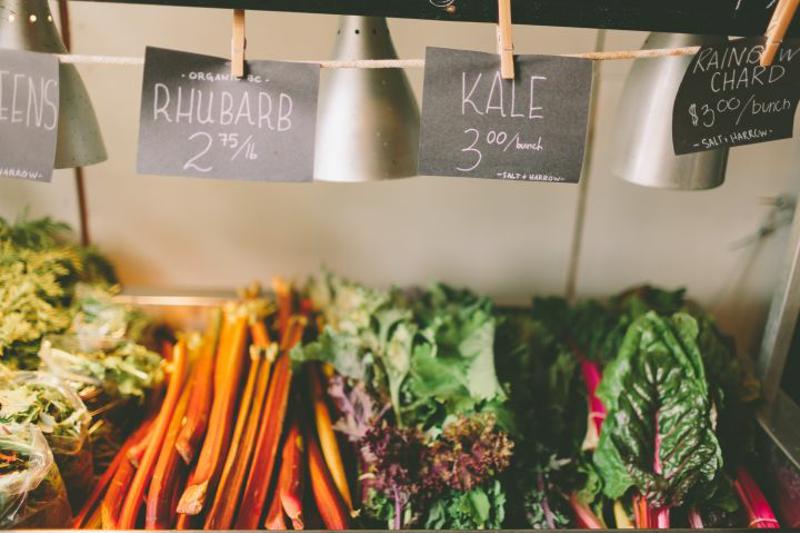Although some chefs have long supported the hyperlocal movement, it’s only grown more popular in recent years. Now, there’s more of an expectation among customers and industry professionals for some level of hyperlocal menu sourcing at many restaurants.
Texas culinary school students must take care to fully understand this trend due to its increasing acceptance. Chefs in training should also recognize the power of hyperlocal sourcing to enhance their cooking and incorporate locally sustainable flavors into a variety of dishes.
 Using house-grown ingredients is a major trend in the restaurant industry.
Using house-grown ingredients is a major trend in the restaurant industry.What hyperlocal means for restaurants
Hyperlocal has a variety of meanings depending on context. A broad movement to focus on the individual or local community means it pops up everywhere from restaurants to the news media. In terms of food, hyperlocal means a dish that has a majority or all of its ingredients grown, raised or otherwise cultivated by the restaurant itself. This can include everything from a salad containing greens grown in a restaurant’s own garden to brewpubs that offer their customers beer brewed on-site. Even if a dish includes ingredients that aren’t developed by the restaurant – it can be difficult for many eateries to raise beef cattle, for example – including sides, sauces, marinades and garnishes with hyperlocal components is an effective strategy.
This approach can be seen as a form of vertical integration, a type of business organization where a company that makes products owns its supply chain. In this format, a business produces its own raw materials and then turns them into a final product. Hyperlocal sourcing allows restaurants to follow a similar workflow.
Hyperlocal is already a popular idea in the restaurant world, with FSR magazine ranking it as the top conceptual trend of 2017 among full-service restaurants. Beating out a variety of similar concepts, like locally sourced produce and simple, back-to-basics menus, it’s clear there’s an overall push for restaurants to create meals using local ingredients.
Effective hyperlocal strategies for restaurants
On a practical level, it’s not realistic to expect most restaurants to cultivate 100 percent of their ingredients on site or at a nearby farm. Some chefs have the resources, space, clientele and time to manage such an involved operation, but it’s extremely difficult if not impossible in many other scenarios. How can chefs tap into the hyperlocal trend in a manageable, effective and appealing way?
Growing or raising some ingredients on site is a useful strategy for chefs where a total commitment to hyperlocal sourcing simply isn’t possible. A garden full of vegetables, fruits, herbs and spices is an easy place to start, both in terms of variety and startup costs. It’s simple to cultivate when you use plants suited to the local climate, and you can also rotate seasonally appropriate selections in and out of the garden. With a variety of house-grown ingredients on your side, you can include touches of this trend in a variety of dishes.
It’s important to remember that hyperlocal dishes don’t have to be complicated. Simpler recipes, like lemonades and punches made with ingredients grown in your restaurant’s garden, are just as worthy of the hyperlocal sourcing label as a dish with dozens of ingredients.
You can also supplement your strictly hyperlocal offerings with local produce, grains and vegetables to offer your customers responsibly grown dishes even though your restaurant might not be able to support a full farm alongside its current operations. While not strictly hyperlocal, this tactic emphasizes a dedication to supporting the community and serving dishes that tap into fresh, regional flavors.



